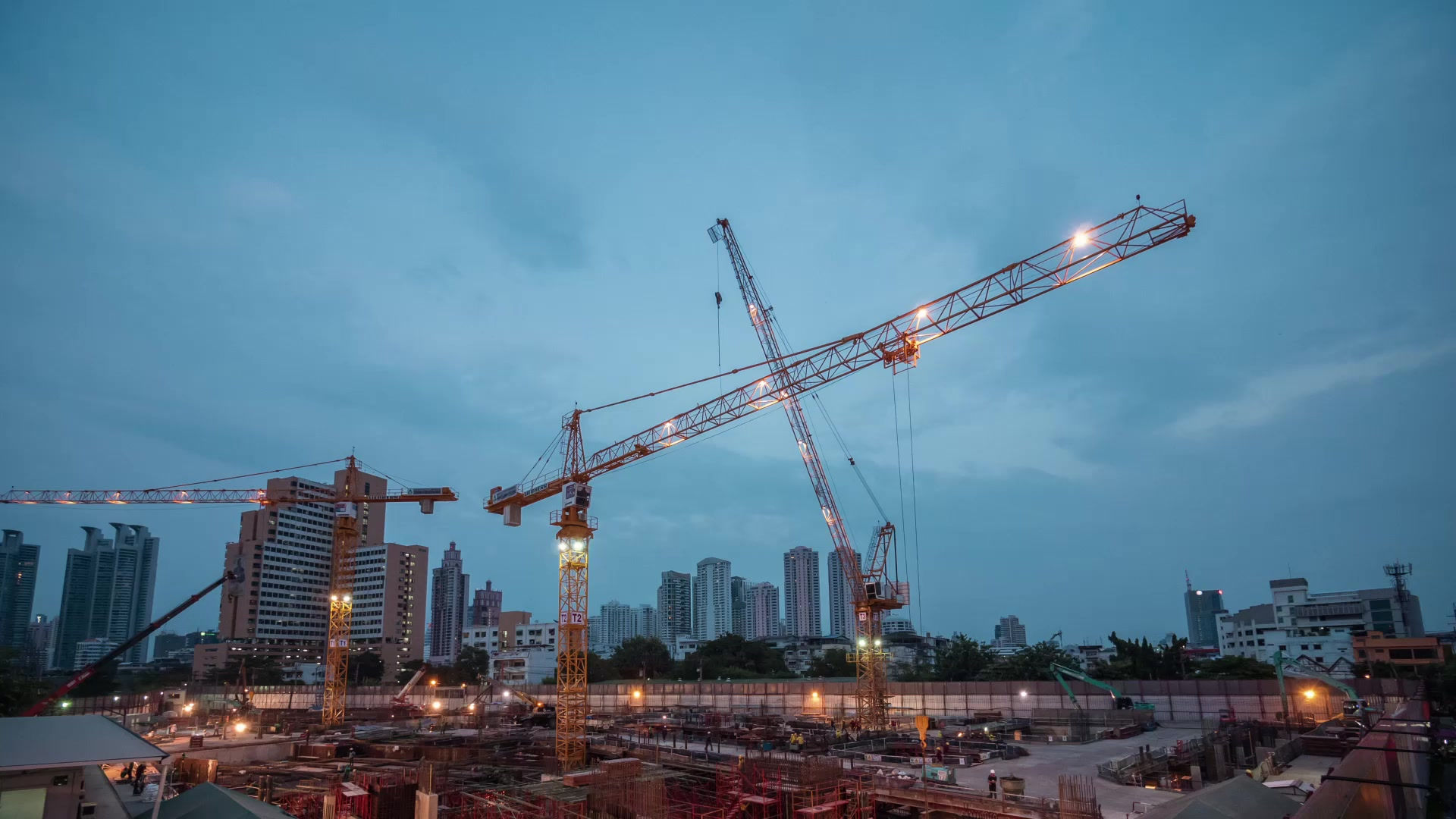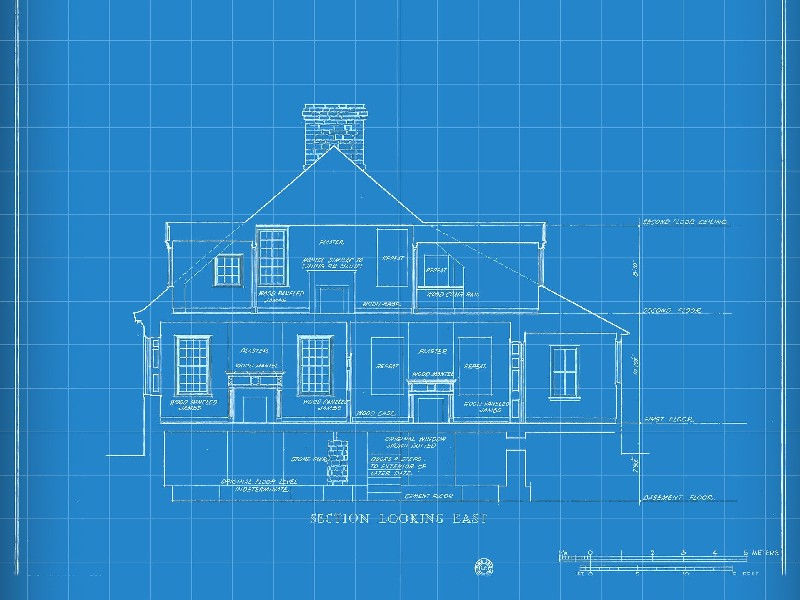
Create Your First Project
Start adding your projects to your portfolio. Click on "Manage Projects" to get started
What You Need to Know About Risky Buildings - Questions and Answers
QUESTION 1: Is it possible for unlicensed buildings to be assessed under Law No. 6306?
ANSWER 1: There is no requirement for a building to be licensed in order for a risk assessment to be conducted under Law No. 6306 and to benefit from the rights under the law.
QUESTION 2: Is it possible for abandoned and unfinished buildings to be assessed under Law No. 6306?
ANSWER 2 Implementation Regulation ARTICLE 7 – (1) (Amended: Official Gazette-25/7/2014-29071): “…Risky Building Assessment is carried out on structures that can be used independently, are covered, and accessible to people, and are used for living, working, entertainment, resting, or worship, as well as structures used for the protection of animals and property.” Structures under construction that are not occupied, or structures whose structural integrity has been compromised due to derelict status or partial demolition, are not subject to the risk assessment.
QUESTION 3: Is it possible for public buildings to be identified as risky under Law No. 6306?
ANSWER 3: It is possible for public buildings to be identified as risky under Law No. 6306, and if the building is found to be at risk, a risk annotation can be added to the relevant title deed and subsequently demolished in accordance with relevant legislation. If the buildings in question are residential buildings, the tenants living in the residential buildings can benefit from the assistance and support provided under the Law.
QUESTION 4: If there is more than one structure on a parcel, and some of these structures are identified as risky, can the remaining structures not identified as risky be demolished under the Law?
ANSWER 4: The relevant land registry directorate records the "risky structure" designation in the land registry only for the structures identified as risky, not for all structures on the parcel. In such cases, where the deed does not specify the individual units, the owners of the existing structures on the land must have them identified as risky. In other words, in cases where a shared land title deed is in effect, it is not possible for any of the land owners to have all the structures on the land identified as risky and have them demolished.
QUESTION 5: Can strengthening structures identified as risky be preferred over demolition?
ANSWER 5: If a risky structure is to be strengthened rather than demolished, the owners must determine that strengthening is technically feasible within the timeframe granted to the owners for demolition, pass a reinforcement decision (with a 4/5 majority) as specified in the second paragraph of Article 19 of the Condominium Ownership Law, have a reinforcement project prepared, and obtain a permit pursuant to zoning regulations. Furthermore, after the reinforcement work is completed within the timeframe determined by the issuing authority based on the nature of the reinforcement, an application must be made to the relevant Directorate to remove the risky structure designation from the land registry.
QUESTION 6: Is it possible for a building that was demolished after being identified as suffering moderate damage following an earthquake to be considered under Law No. 6306 and benefit from its rights?
ANSWER 6: For any building to benefit from the rights under Law No. 6306, it must have been identified as a risky structure under this law before its demolition. A building that was identified as damaged and demolished for any reason outside the scope of Law No. 6306 cannot benefit from the rights under this law.
QUESTION 7: Can a citizen who benefits from the rights granted under Disaster Law No. 7269 benefit from the rights under Law No. 6306 for the same building?
ANSWER 7: There is no provision in Law No. 6306 that prevents those who benefit from the rights under Law No. 7269 from benefiting from Law No. 6306. For a building to benefit from the rights under Law No. 6306, it is sufficient for it to be identified as a risky structure under this law before its demolition.
QUESTION 8: What is the procedure for "registered structures" identified as "at-risk structures" under Law No. 6306?
ANSWER 8. Based on the provision in the third paragraph of Article 9 of Law No. 6306, which states, "In cases where the application is made in areas covered by Law No. 2863 and Law No. 5366, the opinion of the Ministry of Culture and Tourism shall be sought, taking into account the protected site status of the area." For structures identified as at-risk and determined to be at-risk under Law No. 2863 after the objection process has been completed, the opinion of the relevant Cultural Heritage Preservation Regional Board must be sought, and action must be taken according to the decision of this board.
QUESTION 9: If the building and the land on which it is located belong to different individuals, who has the right to apply for a risky structure determination under Law No. 6306 for this building?
ANSWER- 9 The building on the land belongs to another person, other than the land owners, who has an annotation in his favor in the title deed information section.
QUESTION 10: After a building identified as at-risk under Law No. 6306 is demolished, is it possible for the new building to be built on a parcel other than the existing one and benefit from the benefits provided by the Law?
ANSWER 10: Due to ground-related reasons, any disaster risk, or in cases where there is no building right under the legislation, it is possible for new buildings to be built in place of the at-risk building to be built on parcels other than the one on which it is located and to benefit from the rights and supports provided by the Law. In this case, depending on the reason stated, a soil survey report, zoning plan, or a letter from the relevant administration, etc., must be requested and a letter must be submitted confirming the request.
QUESTION 11: What will the process be if the property owners file a lawsuit seeking a stay of execution and annulment of the "at-risk building identification process" or "demolition decision" under Law No. 6306?
ANSWER- 11 If there is a lawsuit filed regarding a structure identified as at-risk, the mere filing of a lawsuit will not prevent the administration from carrying out the procedures, unless a stay of execution or annulment decision is issued in these cases.
QUESTION- 12: Is it possible to delete the structures in question from the ARAAD.net system and leave the risky structure determination process unfinished on the grounds that missing documents identified during the review of the risky structure determination reports cannot be obtained or that the owner has withdrawn their application?
ANSWER- 12 After the risky structure determination is completed and the report is submitted to the Directorate, it is not possible to delete the records of that structure from the ARAAD.net system, which tracks at-risk structures, and leave the risky structure determination process unfinished.
QUESTION- 13: During the implementation of Law No. 6306, should notification be sent to heirs who are listed as deceased in the Mernis system and whose title deeds have not been transferred? If so, do these individuals have the right to object?
ANSWER-13 If one of the owners of a building identified as a risky building is listed as deceased in the Mernis system, if the heirs are known, notification must be made to these heirs, and therefore, they must be given the right to object to the risky building designation. If the heirs are not known, the Directorate can issue a certificate of inheritance by applying to any notary public, in accordance with Article 7, paragraph 5 of the Implementation Regulation.
QUESTION-14: Will the objection, demolition, etc. processes under Law No. 6306 be initiated from the date the rightful owners are notified, or from the date the notification is mailed by the Land Registry Offices?
ANSWER-14 The notification date is not the mailed date of the notification, but the date it is received under the Notification Law. Only petitions of objection received by the relevant Directorate within 15 days of the completion of all notifications and submitted by the building owner or their legal representatives will be considered.
QUESTION 15: Can an objection be made to the identification of a structure determined to be risk-free under Law No. 6306?
ANSWER 15: If an objection petition is submitted to the relevant Provincial Directorate, along with documentation proving ownership of the structure in question, the objection can be reviewed and a decision made by the Technical Committee under Law No. 6306.
QUESTION 16: After the Directorate reports the deficiencies identified as a result of the examination of the risky structure identification report via the ARAAD.net system, should the license revocation of the relevant company be requested immediately, on the grounds that the deficiencies have not been remedied, before the 30-day legal period expires?
ANSWER 16 The grounds for license revocation are stated in Article 6, paragraph 3, subparagraph (d) of the Implementing Regulation: "...Failure to correct the deficiencies in the risky structure assessment report and submit the report to the Directorate within the thirty-day period stipulated in the fourth paragraph of Article 7, thus delaying the risky structure assessment," is expressed as follows. The actual act of "delaying" the risky structure assessment is the actual occurrence of this act.
QUESTION 17: Are laboratories used to conduct material assessments during risky structure assessments required to be authorized by the Ministry?
ANSWER 17. The Implementation Regulation of Law No. 6306 states that risky structure assessments must be conducted in accordance with the Principles Regarding the Identification of Risky Structures. However, neither the Implementation Regulation nor its annexed Principles contain any provisions requiring laboratories to conduct material assessments for risky structure assessments to be authorized by the Ministry.

















